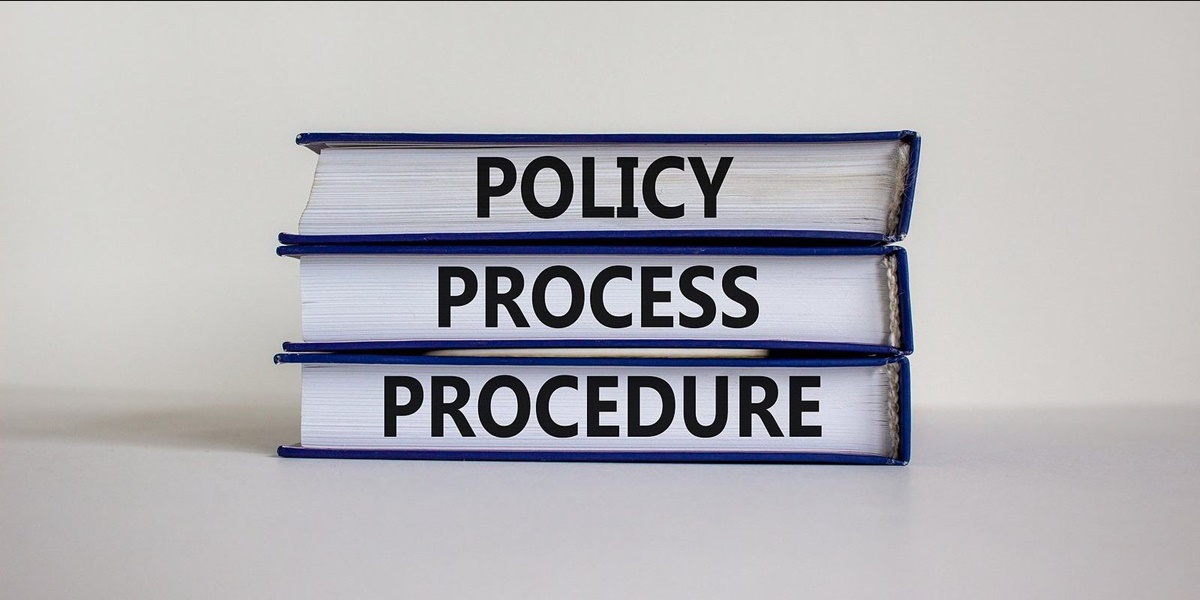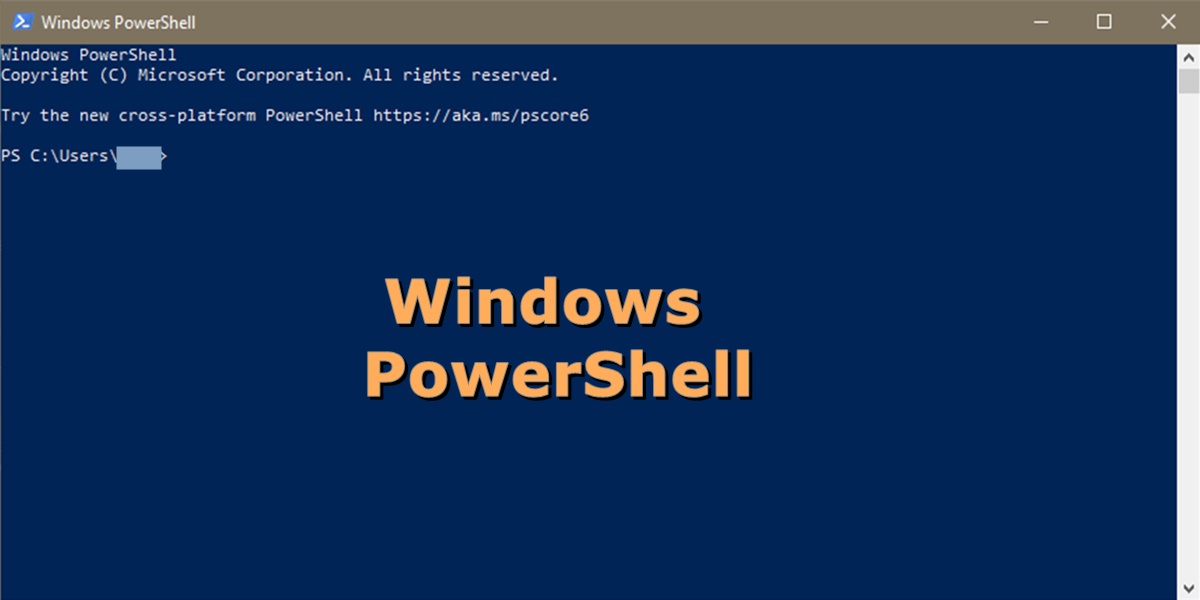Introduction
Any employee could be called upon to write a report for senior staff. Senior managers are focused on profit and want a very brief overview of systems, people, projects under their responsibility. I recommend the report should be no more than two pages long and contain items of interest that can be shown as a percent or objects that are actionable.
Suggested Items to Report
For an enterprise security report, here is a list of potential or suggested items.
- Vulnerability data
- Discovered vulnerabilities by scanning. (critical or exploitable).
- Total company vulnerability risk score.
- Company risk score trends chart.
- Company external third-party vulnerability risk score. (BitSight or UpSight Score).
- Threat Intelligence
- Third Party data breach disclosures. Any venders that you use on a regular basis were hit?
- Emerging vulnerability threats from threat intel sources.
- Vendor external third-party vulnerability risk score. (BitSight or UpSight Score).
- SIEM data
- Count of events, alerts, or incidents. List types and severity.
- Avg time to close an event.
- Count of total number of assets.
- Firewall Stats
- Count of foreign country blocks.
- Count of weekly VPN connections (are WFH employees able to make successful connections?)
- Count of number of files that were Ftp’d to the company.
- Email stats
- Count of Inbound blocks from email filters. (block by sender, domain, body, subject, etc).
- Count of Outbound mail flow stats, how many were sent, etc.
- Count of phishing emails were reported and that were blocked, allowed or spam, clean, threat.
- Phishing trends chart.
- User Behavior
- Who are the risky users (clicked on a URL link, downloaded software, etc.)
- List any discovered passwords.
- Vulnerable service accounts, (outdated passwords, etc).
- PIM activations ? Sensitive group changes?
- Future Initiatives
- Hardening initiatives
- How many hosts have local admin rights still?
- Workstation / server hardening scan results. Percent of assets that meet PCI CIS Cisco DISA FDCC HIPPA standards.
- How many Firewall rules are not being used. Have a 0-hit count.
- BYOD devices.
- Count of users accessing company resources using BYOD (i.e. email, teams, or SharePoint)
- Are there BYOD assets patched, meet a minimum OS version?
- Hardening initiatives



